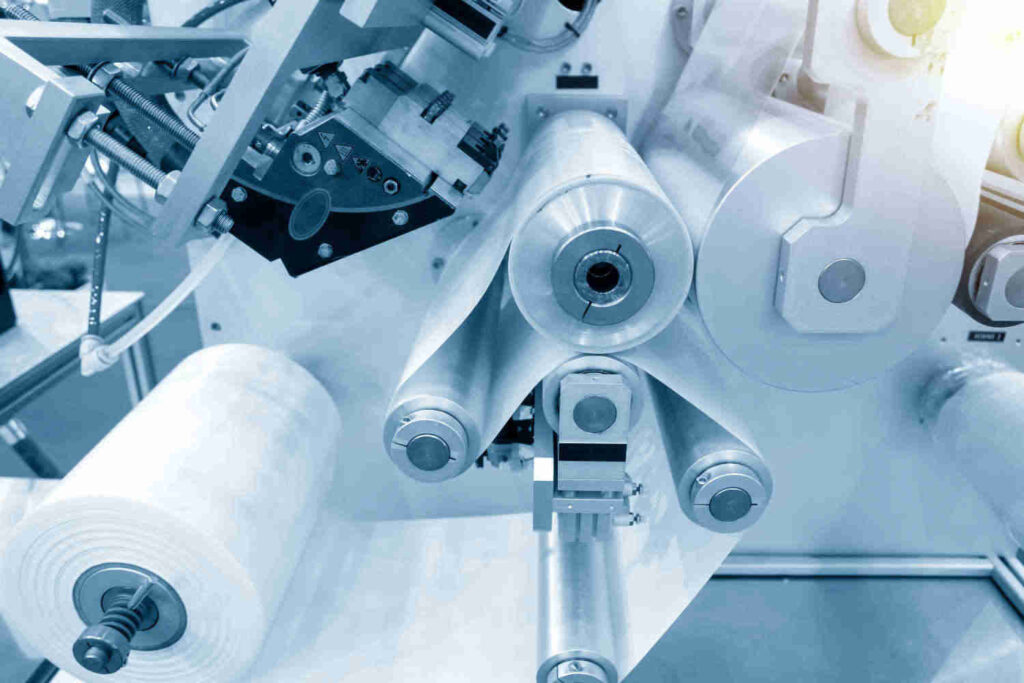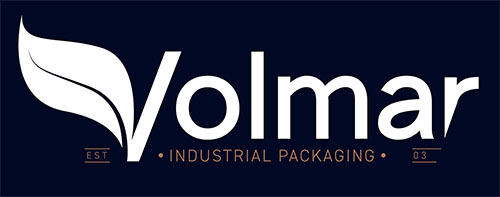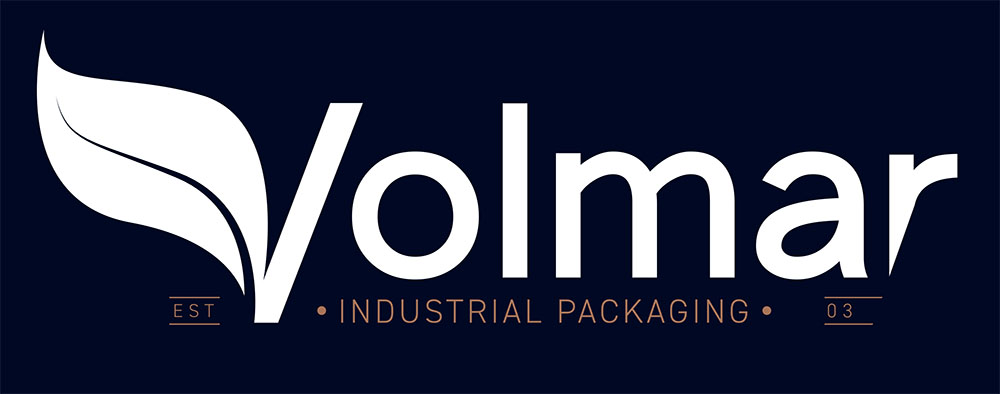
Packaging for the food sector must meet specific requirements, to provide the appropriate performance in terms of safety, hygiene and product preservation. As such, there are various different materials used for food packaging and it is very important to choose carefully for the food’s shelf life.
Food packaging: technology and quality for food
Before we look at the materials used for food packaging, it is important to understand the technological value of food packaging. Food packaging must perform various functions, including:
- Food product preservation
- Protection against mechanical and biological damage
- Prevention of the food’s physical and biological deterioration
- Simplification of storage, transport and sales processes
- Enhancement of food products in the eyes of the consumer
- Provide full information about the food.
As well as meeting all these requirements, from optimal preservation to compliance with food labeling regulations, food packaging must be made from suitable materials that are safe and non-toxic for consumers. The raw materials used are expressly governed by Italian and European laws to ensure maximum food safety.
List of food packaging materials
Now we will look at which types of packaging are used in the food sector, with a focus on plastics and eco-friendly alternatives. Naturally, each solution has specific characteristics that make it possible to choose a certain container for each food product based on factors like the barrier effect, transparency and compatibility with packaging processes.
Polyethylene (PE)
A plastic polymer widely used in food packaging is polyethylene, which is often combined with other materials. An example is rigid films made from amorphous-polyethylene terephthalate (APET) and polyethylene, available with a high barrier, or laminated paper made from polyethylene and ethylene vinyl alcohol (EVOH).
Polyethylene is available in packaging films, rolls or bags, with various solutions to choose from for food packaging It is a transparent and malleable material suitable for any use. You can choose low-density polyethylene, which is more flexible and translucent, or high-density polyethylene, which is more rigid but also more resistant to mechanical stress.
Polypropylene (PP)
Polypropylene packaging is used for various food packaging types, like flexible films and rigid films. It is considered an eco-friendly material because its production does not involve pollutant processes or the release of toxic substances. This polymer can also be recycled and reused, which makes it ideal for eco-friendly packaging.
Polypropylene packaging is highly resistant, non-toxic and can withstand thermal stress. There are actually PP containers that can be put in a microwave. It is definitely a versatile material, available at an affordable price and a lower weight for lightweight packaging with no contamination of the food’s organoleptic properties.
Extruded polystyrene (XPS)
Extruded polystyrene is another of the most widely used materials for food packaging like trays and tubs. It can be used in many different areas, such as for fresh fruit and vegetable packaging, with the possibility of choosing ready-made containers or films and various options available in different shapes and sizes.
A classic product made from XPS is the extruded polystyrene tray, not only used for fruit and vegetable products but also for meat packaging. This material produces hygienic, lightweight packaging that preserves the product for a long time, offering an optimal barrier effect against temperature changes and excellent mechanical resistance.
Polyethylene terephthalate (PET)
Polyethylene terephthalate is a colorless, transparent and lightweight plastic material available in various consistencies with a rigid or semi-rigid structure. PET packaging ensures a high barrier effect against gases and humidity, and it is also a material with withstands shock and other mechanical damage that could occur to the food packaging.
PET is used to make flexible films, materials for packaging long-life products and pet food. It often comes in a combined structure with other plastic polymers, such as polypropylene, nylon for laminated films or other thermoplastic materials.
Polylactic acid (PLA)
One of the materials used for eco-friendly packaging is PLA, a natural polymer called polylactic acid. It is produced using an organic material derived from the processing of corn, beet, potatoes or sugar cane. It is highly transparent, compostable packaging that does not contain any petroleum derivatives.
PLA packaging is biodegradable packaging that can be extensively customized on the outside and has excellent mechanical resistance properties. It often comes as films for packaging various types of foods, such as frozen foods, cold meats, cheese, pet food, organic food and deli products.

